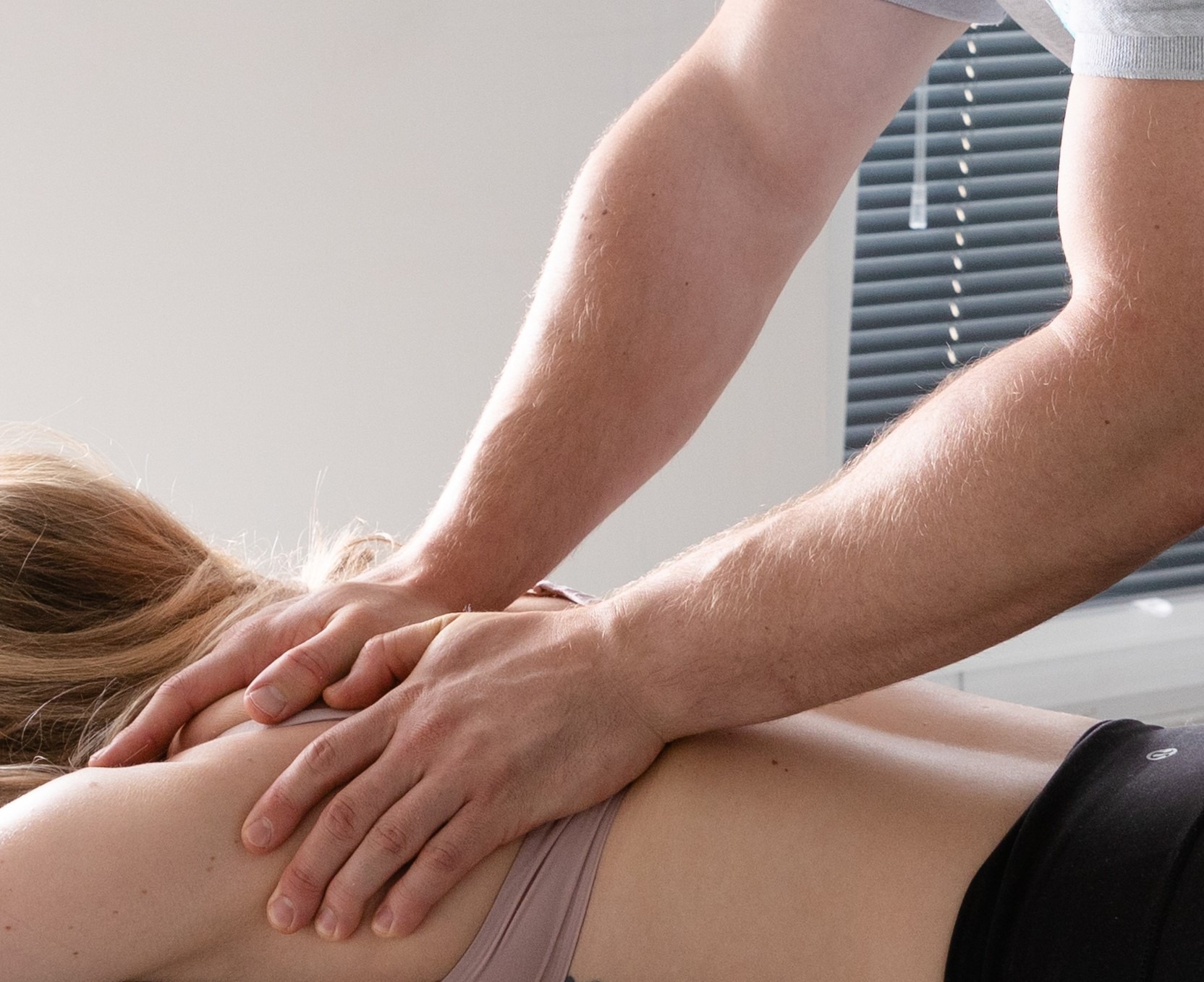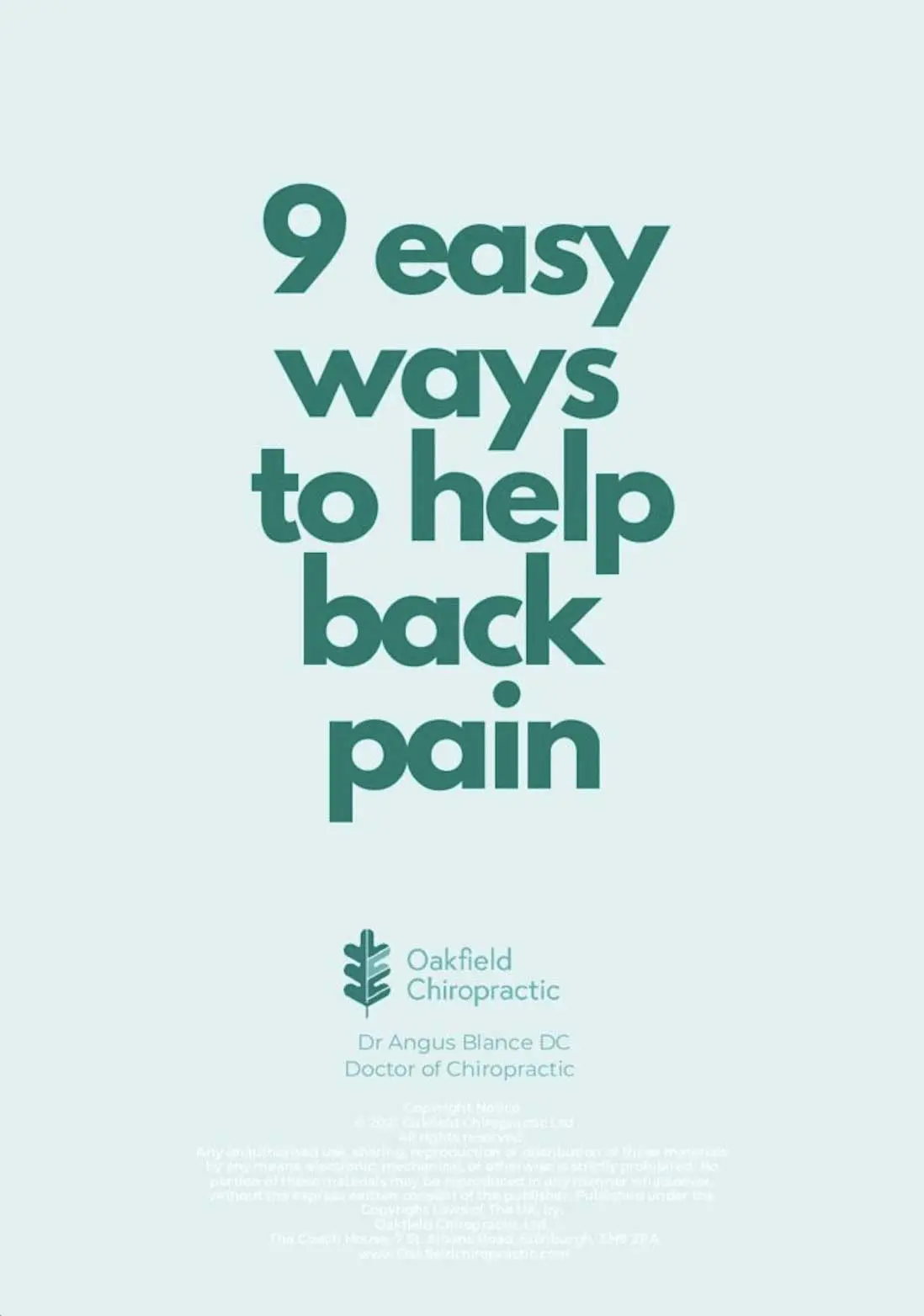We have been seeing a lot of shoulder issues in the clinic recently, so we thought we would give you a little more information about shoulders; how they are made up and how shoulder pain is not always about the shoulder itself!
The shoulder joint is formed where the humerus (upper bone of the arm) fits into the scapula (shoulder blade), like a ball and socket. It is the most mobile joint in our body, and unfortunately that comes at the cost of its stability.
Shoulder movement is not just about the shoulder joint itself. To have a better understanding of any issues within this joint we have to talk about the shoulder complex; that is what allows you to scratch the back of your head. Shoulder movements are provided by 4 joints:
– the Glenohumeral (GH) Joint,
– the Acromioclavicular (AC) Joint
– the Sternoclavicular (SC) Joint,
– “floating joint”, known as the Scapulothoracic (ST) joint.
These four joints require a certain number of muscles to control such a wide range of motion in your shoulder. What is that number? 20! That’s right, there are 20 (!) different muscles providing mobility and stability to your shoulders. And that’s without dividing them into the different parts that are doing different movements. The most common example of this kind of muscle is the trapezius which contains 3 parts (upper, middle, lower), but the most interesting one is the deltoid muscle containing 7 different parts (this one is quite crucial for body builders!).
So as we now know, the shoulder complex is the connection between the upper limb and the upper body. But don’t you think that would be too simple? Of course it would! Some of the muscles in the shoulder complex connect the scapula with the cervical spine, and some of them make a connection between the humerus (upper bone of the arm) and the lumbar spine and sacrum. Therefore, the shoulder complex connects so much of the body together and is a lot more complex than just the connection between the upper arm and the upper body!
Moving on to how these connections can cause us issues, you can now imagine that any trauma around your arm and shoulder can affect the other parts of your body – and the other way around. Many primary neuromuscular and musculoskeletal conditions in the neck, cervical spine, axilla, thorax, thoracic spine and chest wall can refer pain to the shoulder and arm. For these reasons physical examination for pain usually includes assessment above and below involved joints for referred musculoskeletal pain. We always have to look around the area of pain, not just where you are feeling it!
As we now know, the correct motion in the shoulder complex relies on the condition of other parts of your body. Here is an example: to raise your arm above 60 degrees, the humerus (upper bone of the arm) and scapula (shoulder blade) must work in their own rhythm. 60 degrees of arm movement requires 30 degrees movement of the scapula. If, because of a desk-based job your back is quite rounded, then some of the muscles responsible for motion of the scapula are an incorrect length and so there is tension right at the start of the movement. That causes disruption in scapulohumeral rhythm by not allowing the scapula to slide smoothly on the ribcage (scapulothoracic joint) . The easiest way for your body to reduce this limitation would be creating an extension in your back. But if your thoracic spine (upper back) is already rounded, then other parts of your body have to be involved. Any idea which ones? Before you find the answer below let’s do an experiment!
Stand up and round your thoracic spine. Now try to bring your both arms high up to the front. Go as high as you can! Can you feel what is happening?
If for some reason your thoracic spine is stiff, tight and you can’t straighten it, your body will compensate for it with an extension in your lower back and by moving your head forward. As a chronic (continued) movement pattern, this may lead to problems with your neck and lower back as well, not just the shoulder.
Looking into more causes of shoulder issues brings us to the diaphragm. The diaphragm is the main breathing muscle located on the inner side of your lower ribs. The way in which the diaphragm functions may significantly affect many parts of your body. To make you understand how important a diaphragm is we would need at least another few pages so let’s focus on its relation to the shoulder pain.
There are two key mechanisms for referred shoulder pain from the diaphragm – multisegmental innervations and direct pressure on the diaphragm.
Multisegmental innervations: this is because the shoulder is innervated (supplied by nerves) by the same spinal nerves (C3 to C5) that innervate the diaphragm. Therefore, any messages to the spinal cord from the diaphragm can result in referred shoulder pain.
The nervous system can only tell what nerves delivered the message; it does not have any way to tell if the message was sent along by spinal nerves C3 to C5, from the shoulder or the diaphragm. So it takes a guess and sends a message back to one or the other.
Diaphragmatic irritation: If there is irritation of the outside or inside surface of the central diaphragm this can refer sharp pain to the upper trapezius, neck and supraclavicular fossa (upper neck). That irritation may be caused by any organs nearby (heart, lungs, kidneys, pancreas, spleen, liver, stomach). This is what we call a viscerogenic pain; when its origin comes from an organ dysfunction.
Who knew the shoulder was such a complex and involved joint! Now you know that the shoulder is a very complicated area with many different possible sources of pain! If you are finding yourself struggling with shoulder pain, book an appointment here at Oakfield and let us find out what is causing your shoulder pain!


